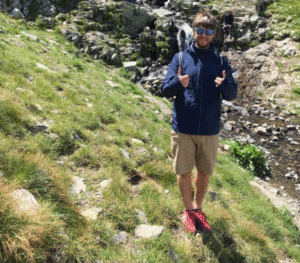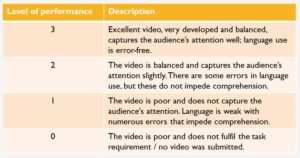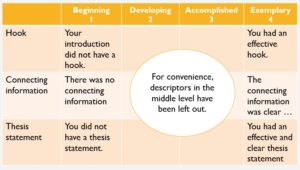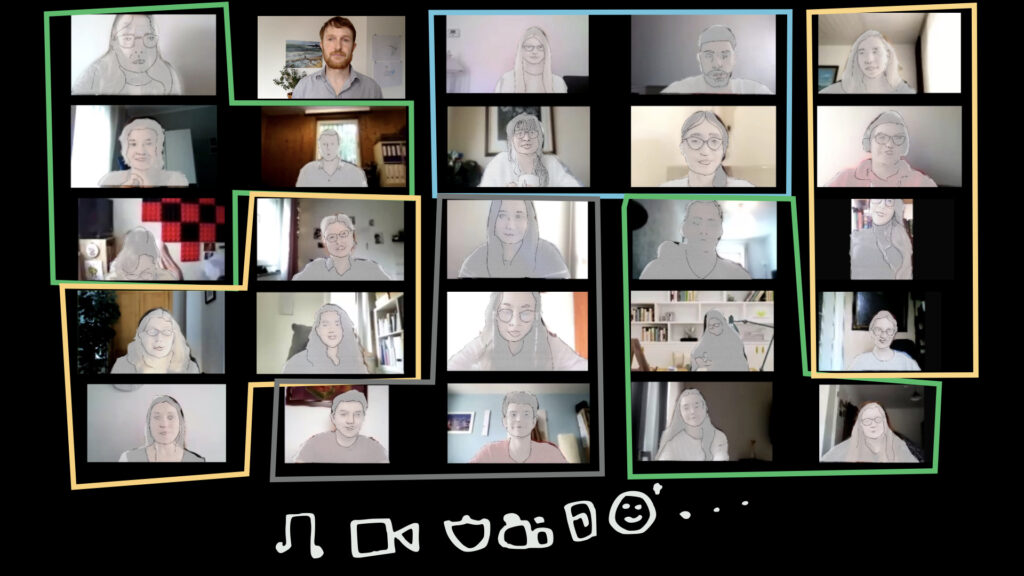Workshop Review: “Invisible Body Language” – Communicating in the Digital World with Sabrina Lucidi
How do we express trust or distrust, engagement or empathy when we are speaking with someone sitting across from us? By smiling (or not), leaning in or away, physically opening up or crossing our arms, breathing in a calm way, or nodding. How about all this in a digital environment?
Guided by Sabrina Lucidi, 20 ELTA members who participated in this workshop on 26 March, started thinking about this. At the beginning, she wished us as much fun in the workshop as she had had preparing it. This sounded promising!
To begin with, we found ourselves equating ‘digital environment’ with ‘video calls’, and focussing on those. When we can see each other, similar principles apply in terms of body language (although we may need to be more explicit about nodding, using ‘reaction’ buttons and referring to people by name.
However, as Sabrina gently guided us to understand, much of our communication in the digital realm is in writing.
Communicating across time boundaries, geographically dispersed, communicating asynchronously, we rely heavily on instant messaging, chat, and email to communicate with one another. The absence of visual or auditory clues means that we have to create trust, empathy and emotion through different means.
Writing is the new speaking
Whether we realise it or not, the body language signals present in spoken conversation are replaced by other factors when communication is done in writing – the ‘invisible body language’ of the workshop title.
These factors include: emojis, spelling errors, choice of medium, response time, the time at which you write, amount of background information, and how and how often you thank people. Believe it or not, even punctuation plays a big role in expressing emotion, as Sabrina demonstrated with these three example WhatsApp responses:

How downbeat do you find a full stop? How aggressive is this for you: … ?
Exactly how these different responses are interpreted comes down to individuals, and our use of exclamation marks and other punctuation is affected by age, gender and personal preference. We realised this when Sabrina asked us to share what our ‘pet peeves’ are.
One person’s succinct may be another person’s caginess. One person’s speedy reply may include omissions and errors which their co-worker finds disrespectful. A short ‘thx’ may leave someone with the feeling that their hard work is not appreciated. So we all need to be considerate.
As Erica Dharwan states in her book Digital Body Language:
Reading carefully is the new listening, writing clearly is the new empathy.
It pays to become more aware of what messages we are sending and how we can make these more intentional, in order to reduce the risk of misinterpretation and increase the feeling of inclusion.
Tips for successful digital communication
Sabrina rounded off the workshop by suggesting some good practice guidelines when communicating digitally:
- have an agreement on expected response times – maybe even include this information in the subject line (e.g. ‘2h’ means ‘please respond within 2 hours’ or ‘3d’ means ‘please action within 3 days’.)
- as a sender, indicate clearly what is expected of the reader
- as a responder, answer all the points in the sender’s original message
- respond relatively quickly even if it is to say ‘I will get back to you on this’
We had fun looking at body language from a new perspective. Who knew that capital letters could equate to an excited grin?
***
If you enjoyed this article, you might also like Gabriel Clark’s take on teaching with images.

















